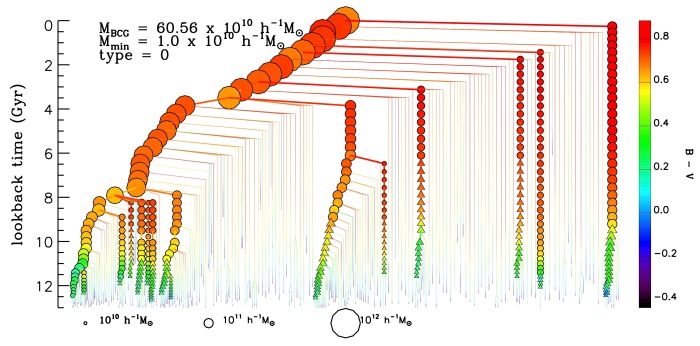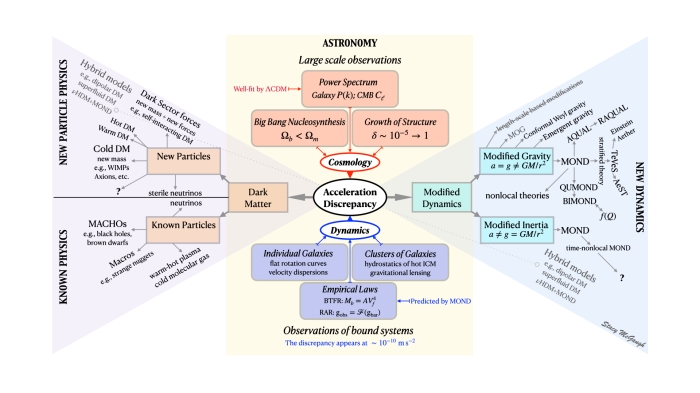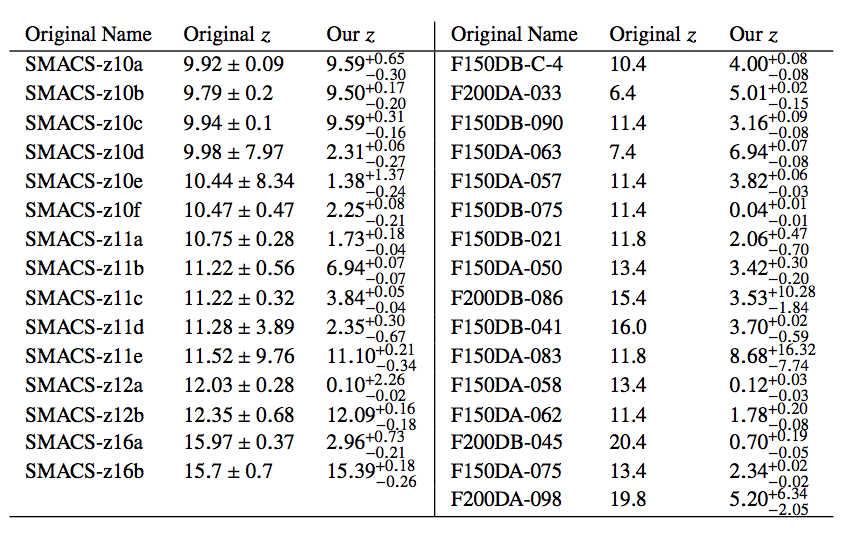
The results from the high redshift universe keep pouring in from JWST. It is a full time job, and then some, just to keep track. One intriguing aspect is the luminosity density of the universe at z > 10. I had not thought this to be problematic for LCDM, as it only depends on the overall number density of stars, not whether they’re in big or small galaxies. I checked this a couple of years ago, and it was fine.








